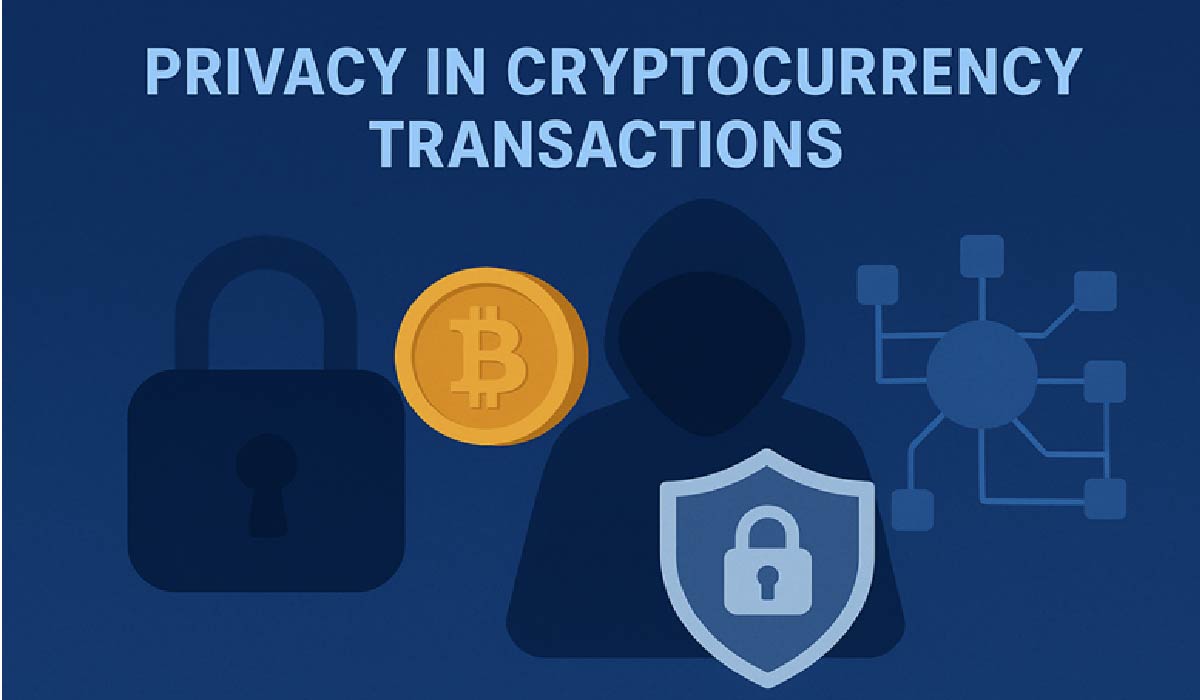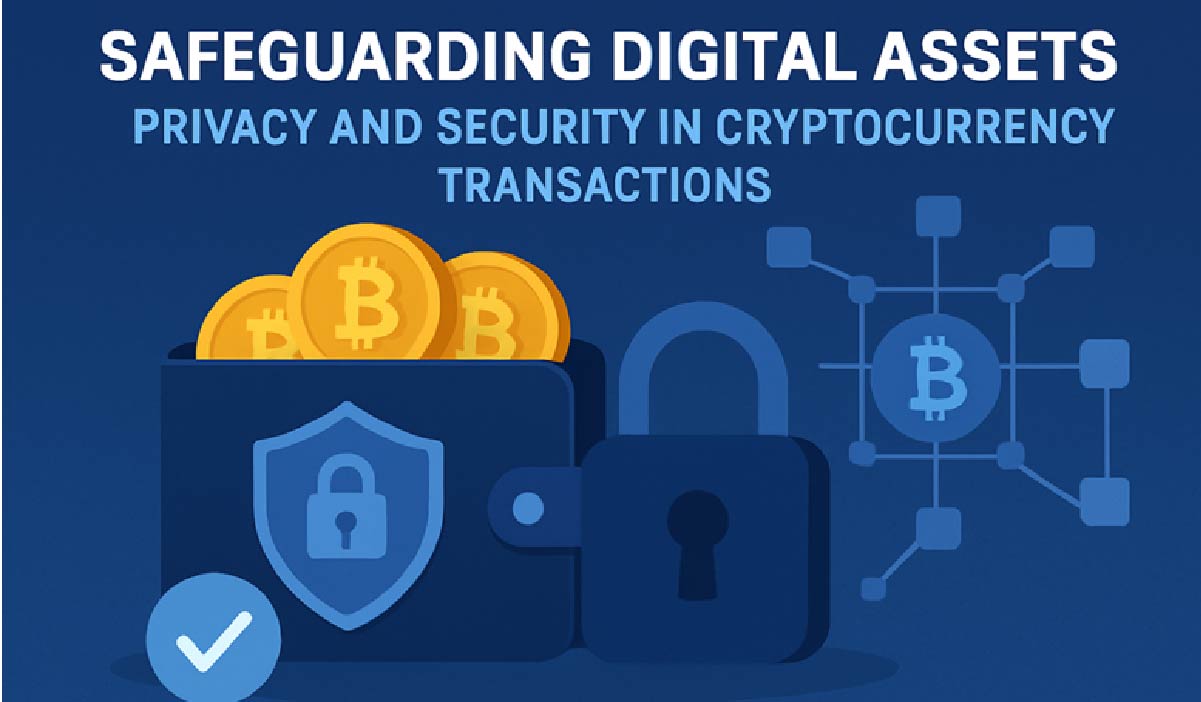The rapid growth of cryptocurrency has unlocked new opportunities for investors and businesses alike. Yet, with this growth comes heightened risk. Cybercriminals are increasingly targeting digital assets, making security and privacy a top concern for anyone engaging with blockchain technology.
A single breach can lead to irrecoverable losses, as cryptocurrencies operate without traditional bank protections. According to Chainalysis, over $3.8 billion worth of crypto was stolen in 2022 alone, highlighting the urgent need for stronger protection strategies.
The Importance of Secure Storage
The foundation of cryptocurrency security lies in how assets are stored. Many beginners make the mistake of keeping funds on centralized exchanges. While exchanges offer convenience, they also present a single point of failureonce breached, user funds are at risk.
Security experts recommend migrating to self hosted wallets, which give users complete control over their private keys. Unlike custodial solutions, these wallets eliminate reliance on third parties and reduce exposure to exchange-related hacks.
Among the most secure methods is cold storage, such as hardware wallets or paper wallets, which remain offline and are immune to most cyberattacks. Hot wallets, though convenient for frequent transactions, should hold only small amounts of crypto.
According to BitHide analysts, a hybrid approach combining cold wallets for long-term storage and hot wallets for daily use offers an ideal balance between security and accessibility.
Privacy in Cryptocurrency Transactions
While blockchain is often praised for transparency, it also exposes risks. Most blockchains are pseudonymous, not anonymous. Anyone can track wallet addresses and transaction histories. With advanced blockchain analytics, law enforcement and even malicious actors can sometimes connect these addresses to real-world identities.
This visibility creates concerns for investors, businesses, and privacy-focused users. For example, institutional investors may not want their wallet activity revealed to competitors, while individuals may simply wish to keep their financial behavior private.

To address this, more users are adopting privacy-enhancing tools. Some rely on coin mixers or tumblers to break transaction trails, while others prefer privacy coins such as Monero or Zcash, which use advanced cryptography to conceal transaction details. VPNs and Tor are also commonly used to mask IP addresses linked to blockchain interactions.
According to BitHide experts, obfuscation tools are becoming increasingly sophisticated, helping users enhance privacy while still remaining compliant with emerging regulations. As regulators push for transparency, a balance must be struck between anonymity and legal frameworks.
Best Practices for Crypto Security
Even with the right storage and privacy tools, user habits play a decisive role in safeguarding digital assets. Experts outline several key best practices:
- Multi-Signature Wallets: Requiring multiple keys to authorize a transaction drastically reduces risks of single-device compromise.
- Two-Factor Authentication (2FA): Adding a second authentication layer helps secure exchange and wallet accounts against password leaks.
- Anti-Phishing Measures: Cybercriminals frequently deploy fake wallet apps, cloned websites, and phishing emails. Verifying URLs and downloading only from official sources is essential.
- Software and Firmware Updates: Keeping wallets, mobile apps, and operating systems updated ensures users benefit from the latest security patches.
- Seed Phrase Security: Writing down seed phrases on physical media and storing them in fireproof safes or secure vaults helps prevent digital theft.
BitHide analysts warn that human error remains the most common cause of asset loss. Even seasoned investors have fallen victim to phishing or SIM-swap attacks, underscoring the importance of continuous vigilance.
Emerging Trends in Crypto Security
The landscape of crypto security is dynamic, with innovations emerging to counter increasingly sophisticated threats. Some of the most notable trends include:
- Decentralized Identity Solutions (DIDs): By decentralizing identity management, users gain greater control over their data and reduce exposure to centralized breaches.
- AI-Driven Threat Detection: Artificial intelligence is being deployed in wallets and exchanges to flag suspicious activity and predict potential attacks in real time.
- Post-Quantum Cryptography: With quantum computing on the horizon, new encryption methods are being developed to secure blockchain systems against future decryption capabilities.
- Regulation-Integrated Privacy Tools: Services like BitHide are innovating at the intersection of privacy and compliance, offering transaction obfuscation that satisfies both user needs and regulatory standards.
- Biometric Wallet Security: Next-generation hardware wallets are beginning to integrate fingerprint and facial recognition for enhanced protection.
According to a report by Cybersecurity Ventures, the global cost of cybercrime is expected to hit $10.5 trillion annually by 2025, further amplifying the importance of evolving security practices in the cryptocurrency sector.
Conclusion
As digital assets continue to grow in both adoption and value, crypto security is no longer optional—it is a necessity. Secure storage solutions, privacy-focused practices, and awareness of emerging threats are the pillars of effective protection. Experts from BitHide and other industry leaders emphasize that users must take a proactive and layered approach to safeguarding assets.
By combining technologies such as self hosted wallets, advanced privacy tools like BitHide, and consistent adherence to best practices, crypto holders can minimize risks while maximizing the benefits of decentralized finance. In the digital economy, where transparency and innovation coexist with threats, only those who prioritize security and privacy will thrive.














